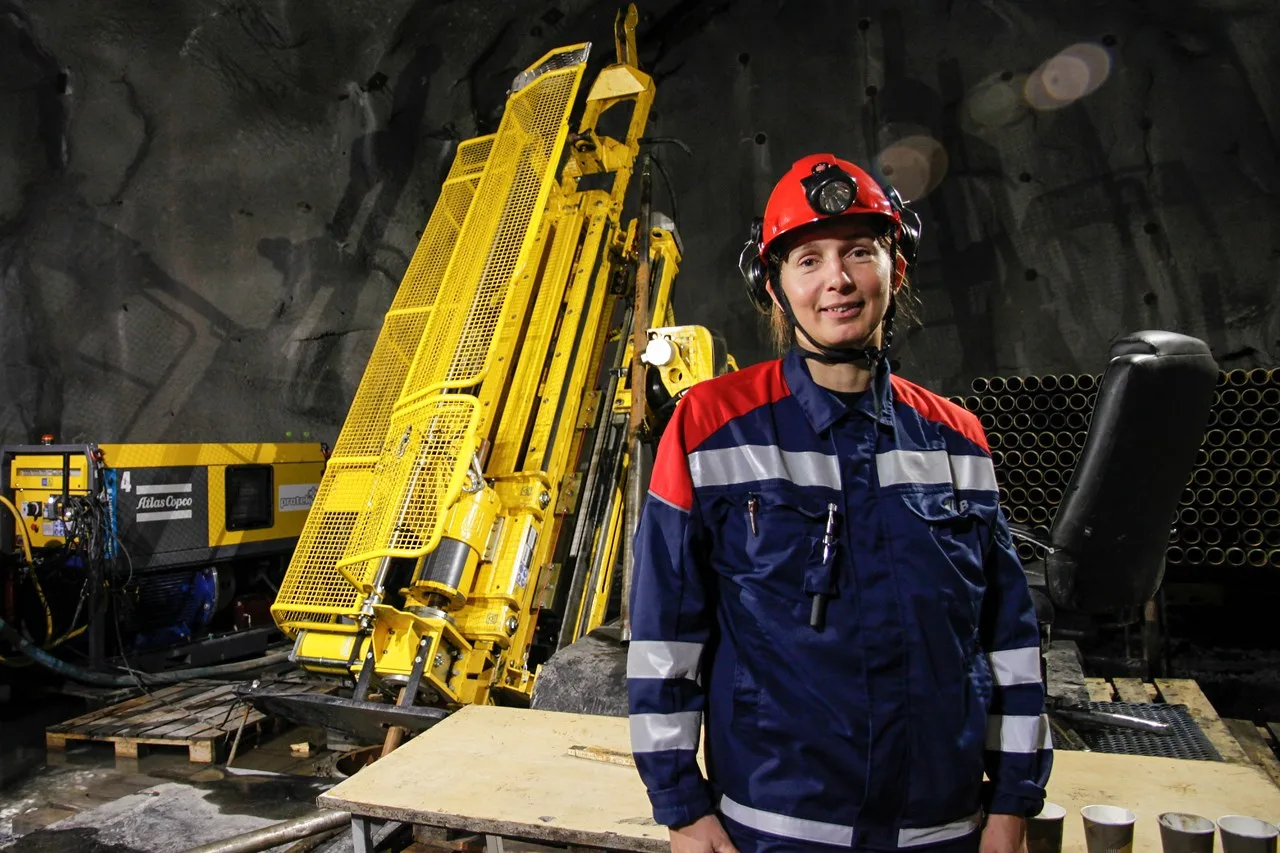LKAB conducts prospecting drilling to secure the future

To secure LKAB's future the company must locate the orebodies. To do this, LKAB can use many methods and technologies; one example is prospecting drilling.
By conducting prospecting drilling LKAB will gain more detailed knowledge of the geometry and geochemistry of the mineralisation. Now, LKAB has also commenced trials with crooked, or deviated, bore holes. This year LKAB has begun to test crooked bore holes in prospecting drilling for several reasons. With conventional drilling LKAB must drive drifts to reach drilling locations, which is a costly and time-consuming process.”We can already see several advantages with crooked holes. Overall, the number of drilling metres is reduced, and we do not have to drive drifts at the outer edges of the orebody to the same extent and can reach the intended drilling locations with greater precision. With crooked drilling, we can reach greater depth and access the ore from different angles. The technique can be used to reach the outer boundaries of the orebody and gain a better understanding of its geometry,” says Karin Lindgren, geologist at LKAB.
Today, two drill rigs are being used and a third will soon be operational. LKAB is testing the crooked-hole technique to first learn, and then evaluate, the method. “We want to push the boundaries find out what can be done with this technology in this type of rock and at what cost. More friction arises when drilling deviated holes, so drilling takes longer and currently costs nearly three times as much as conventional drilling. We therefore have to press the costs and compare them against the time and resources that are needed for driving new drifts for conventional drilling,” says Anders Edlert, project manager for prospecting drilling at LKAB.




